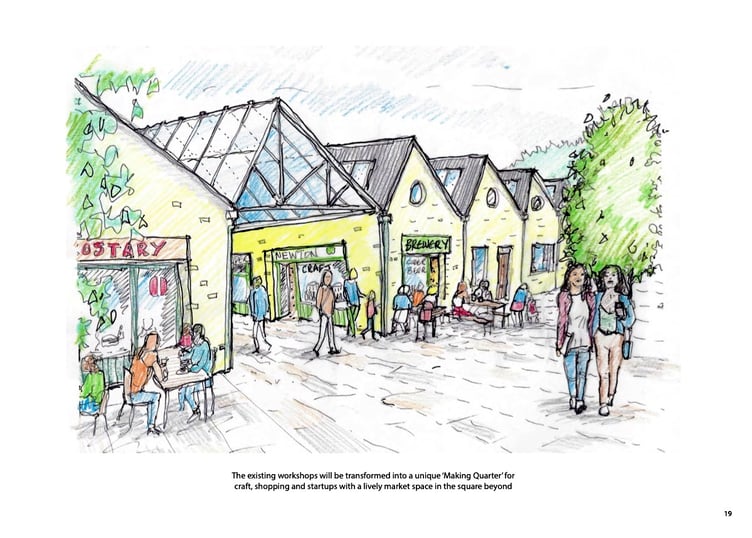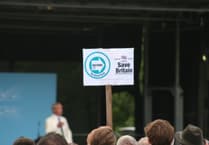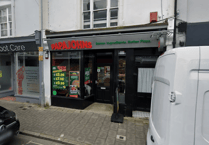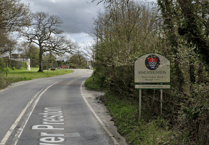AMBITIOUS proposals to transform one of Newton Abbot’s former key industrial areas have been unveiled.
SAVE Britain’s Heritage, a partnership of heritage conservationists, has created a detailed vision of how the Bradley Lane mills site could look in the future, mixing housing with culture and business.
Now owned by Teignbridge District Council, the site, a landmark in Newton Abbot for several hundred years, is earmarked in the local plan for mixed use of housing and employment.
SAVE’s 32-page recently published report features ways to retain the history and character of the mills while reviving the site for ‘modern living’.
It says: ‘This vision is not about creating a museum of historical buildings but about using them as a platform for new creativity and lifestyles
‘Hundreds of new jobs will be created by this approach.’
Marcus Binney, CBE, executive president of SAVE Britain’s Heritage, says: ‘This is not some cranky experiment but based on tried and tested exemplars. ‘It will retain and revive a part of Newton Abbot full of character and history.
‘It will interconnect with town centre and town fringes.
‘The purpose of this report is to start a discussion on the best way to ensure a derelict site adds an exciting new dimension to town life providing homes, places to work and relax in this historic town.’
A poll carried out by Newton Abbot Civic Society earlier this year showed of 200 respondents, 93 per cent were in favour of retaining the mill building itself as part of regeneration of the site, part of which dates back to the 13th Century.
Speaking to the Mid Devon Advertiser Mr Binney, who has been involved in saving historic sites since the 1970s, said the site had ‘real potential’ to provide more than housing.
He said: ‘We became aware of the site and have had a long-standing interest in regenerating mills and industrial buildings.
‘This report shows there is an alternative to demolition.’
Current plans by Teignbridge Council, in conjunction with housing developers, is to build semi-detached homes and some social housing units.
SAVE, which looks to ‘repurpose’ the country’s disused industrial buildings, has come up with a raft of proposals for up a Bradley Mills Creative Quarter for 111 homes and 28 affordable residential units, retaining the mill buildings as ‘loft style’ apartments, alongside new buildings and a riverside walkway and facilities for cyclists.
The ideas also include public space for performances, pubs and cafes, community hub, crèche, local shopping, and work spaces for new start ups and craftspeople.
The report said its vision is the ‘sustainable retention of historic buildings integral to the historic and growth of Newton Abbot which still have a useful life ahead of them’.
Architect Jonathan Dransfield, one of the report’s authors, used two previous projects as examples of how such areas can be redeveloped – Perran Foundry, a former Cornish mining area, and the Sarson’s Vinegar Brewery in London.
The report says these show how urban regeneration of sites such as Bradley Mills can be achieved.
He said: ‘It can be quite difficult to imagine how a neglected site can be transformed into a new positive and lively environment.
‘Often these sites can be beset with thorny issues, such as flooding, dilapidations, environmental issues and listed building and planning regulations.
‘Peering through the mists of neglect, a vision of an exciting future can be formed and all the negative issues can be tackled and resolved to bring together something deeply valuable.’
It says this is an opportunity to transform ‘this once thriving industrial site into a new and exciting urban quarter worthy of the town’s history and continued popularity’.
The report’s authors say there is a ‘duty’ to protect historic buildings such as Bradley Mills.
A Teignbridge Council spokesperson said: ‘The Council has been working for many years on land assembly at Bradley Lane to enable us bring the site forward for regeneration.
‘Following an extensive exercise to secure a delivery partner we have agreed to sell the land to Lovells, subject to them obtaining planning consent.
‘We are close to finalising that contract. A planning application has been submitted for 89 dwellings on the site of which 40% are to be delivered and managed by the Guinness Trust. Given the constraints on the site, including flood risk, asbestos, and land contamination, we are delighted to have secured this opportunity.’





Comments
This article has no comments yet. Be the first to leave a comment.